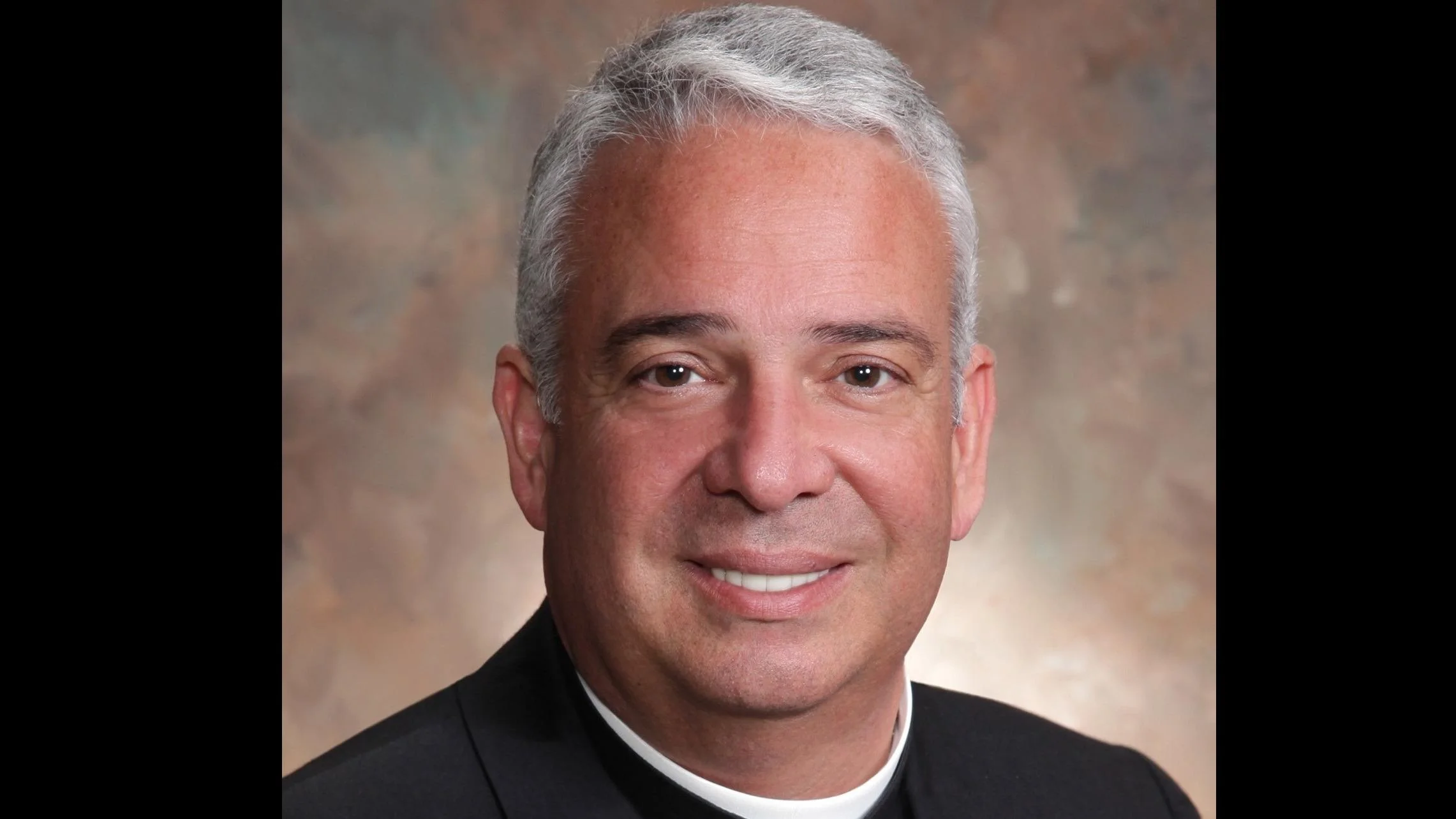
Rev. James D. Conley, D.D., S.T.L. | Diocese of Lincoln website
Some members of the Catholic clergy wear a small skullcap known as the zucchetto, a tradition with historical and practical origins. The word "zucchetto" comes from the Italian for "gourd," referencing the cap's shape, and its Latin name means "little cap." This head covering began to be used around the 1200s when monks, who often had the tops of their heads shaved in the practice of tonsure, wore caps to keep warm.
Over time, the zucchetto became formalized as part of the liturgical dress for higher-ranking clergy. Distinctions in color emerged: only the Bishop of Rome (the pope) wears a white zucchetto; cardinals wear red; and bishops wear amaranth, which is described as a reddish-pink color distinct from purple.
The zucchetto is typically worn by popes, cardinals, and bishops when they are dressed in cassock and may also be worn during liturgical celebrations. It is not customary for a bishop to wear it with everyday clerical attire such as a shirt and suit jacket. During Mass, it is worn under the miter and remains on the head for most of the service. According to ceremonial guidelines, "the bishop removes the zucchetto before the Prayer over the Offerings and does not put it on again until after the distribution of Communion." This gesture is seen as an act of reverence toward the Blessed Sacrament and also serves as a sign of humility.
Removing one's head covering in Western tradition often symbolizes respect or submission, with roots in practices such as knights removing their helmets before superiors. Similarly, when clergy remove their zucchettos during Mass, it reflects trust and humility before Christ.
As for how clergy keep their zucchettos from blowing off, there is no definitive answer provided, though it is suggested that aerodynamics play a role.





 Alerts Sign-up
Alerts Sign-up